Tactile Graphics
Investigators
Vincent Levesque and Vincent HaywardIntroduction
This project aims to develop and evaluate a practical refreshable tactile graphics system for the display of tactile maps, diagrams and graphs for people with visual impairments. Refreshable tactile graphics are dynamically produced using a tactile display mounted on a planar carrier as shown below. Tactile features are produced on a virtual surface by modulating the sensation felt with the tactile display as it is displaced on the physical workspace of the carrier.
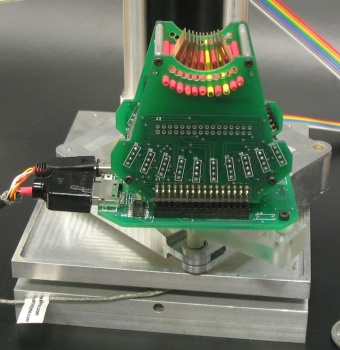 |
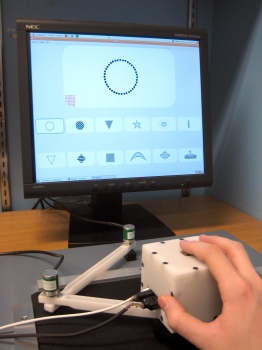 |
Laterotactile Rendering
Tactile rendering refers to the specification of actuator deflection patterns as a function of exploratory movements. The following tactile rendering methods were developed to date.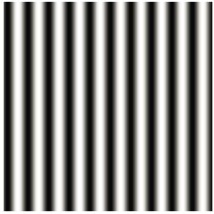 |
(1) Grating Produces the sensation of brushing against a corrugated surface. The spatial frequency and orientation of the grating is programmable. |
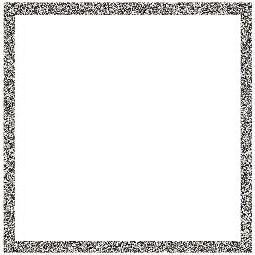 |
(2) Vibration Produces an intense sensation of localized vibration. |
 |
(3) Dots Produces the sensation of brushing against embossed dots. |
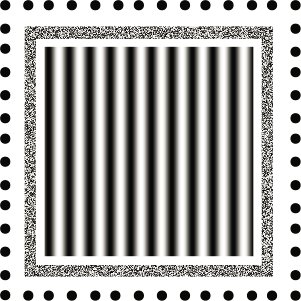 |
(4) Composite Combines multiple rendering methods to produce more complex graphics. |
Haptic Memory Game
Laterotactile graphics were first demonstrated at the CHI 2006 conference in Montreal, Canada. For the occasion, we developed a haptic memory game in which cards had to be matched by touch alone. Early versions of the tactile rendering methods shown above were used draw a variety of tactile patterns ranging from simple geometrical shapes to more complex objects. The video below describes the memory game and provides a good introduction to laterotactile skin stimulation. More details are available here.
Tactile Icons
Improved rendering methods were recently evaluated with sighted and visually impaired subjects. The experiments performed are illustrated below. The first looked at the minimal difference in spatial frequency necessary to distinguish two grating textures. The second evaluated with what precision subjects could identify the orientation of a grating. The third experiment studied the identification of simple shapes with the different rendering methods. The final experiment evaluated the identification of tactile icons composed of vibrating shapes filled with grated textures. More details are available in (Levesque and Hayward, 2008).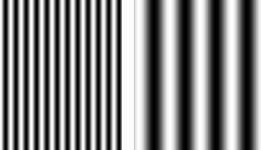
| 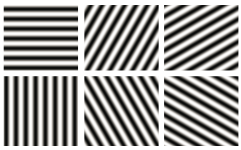
|
| Grating spatial frequency discrimination | Grating orientation identification |
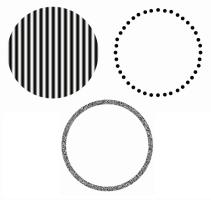
| |
| Shape identification | Icon identification |